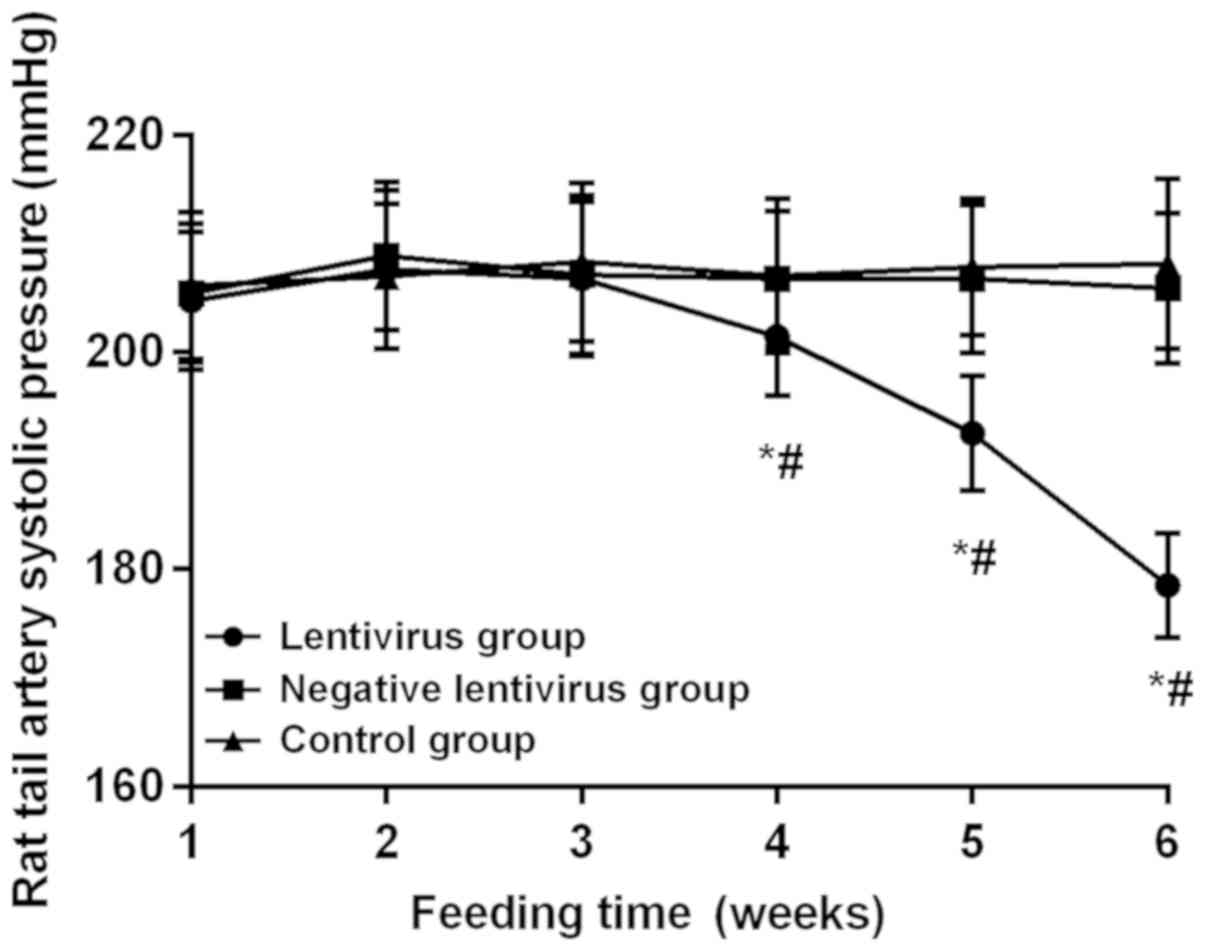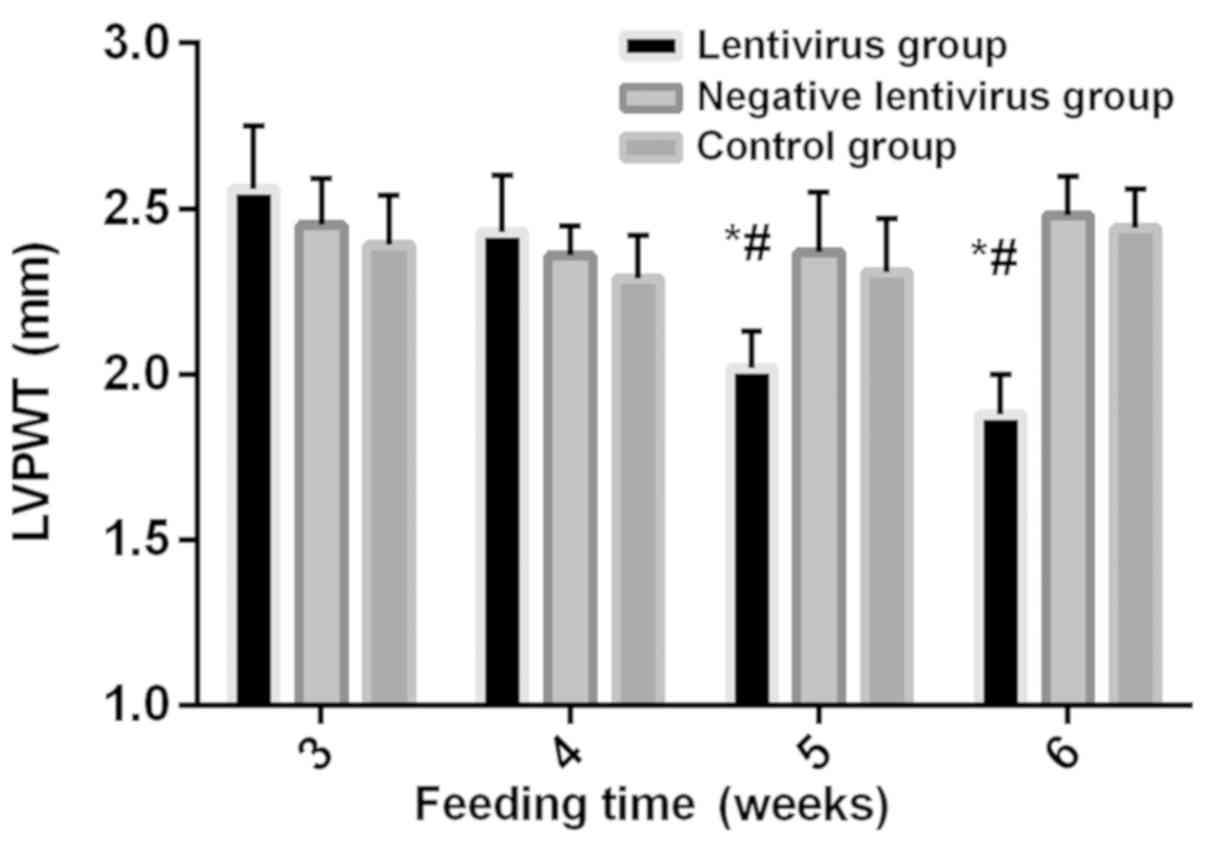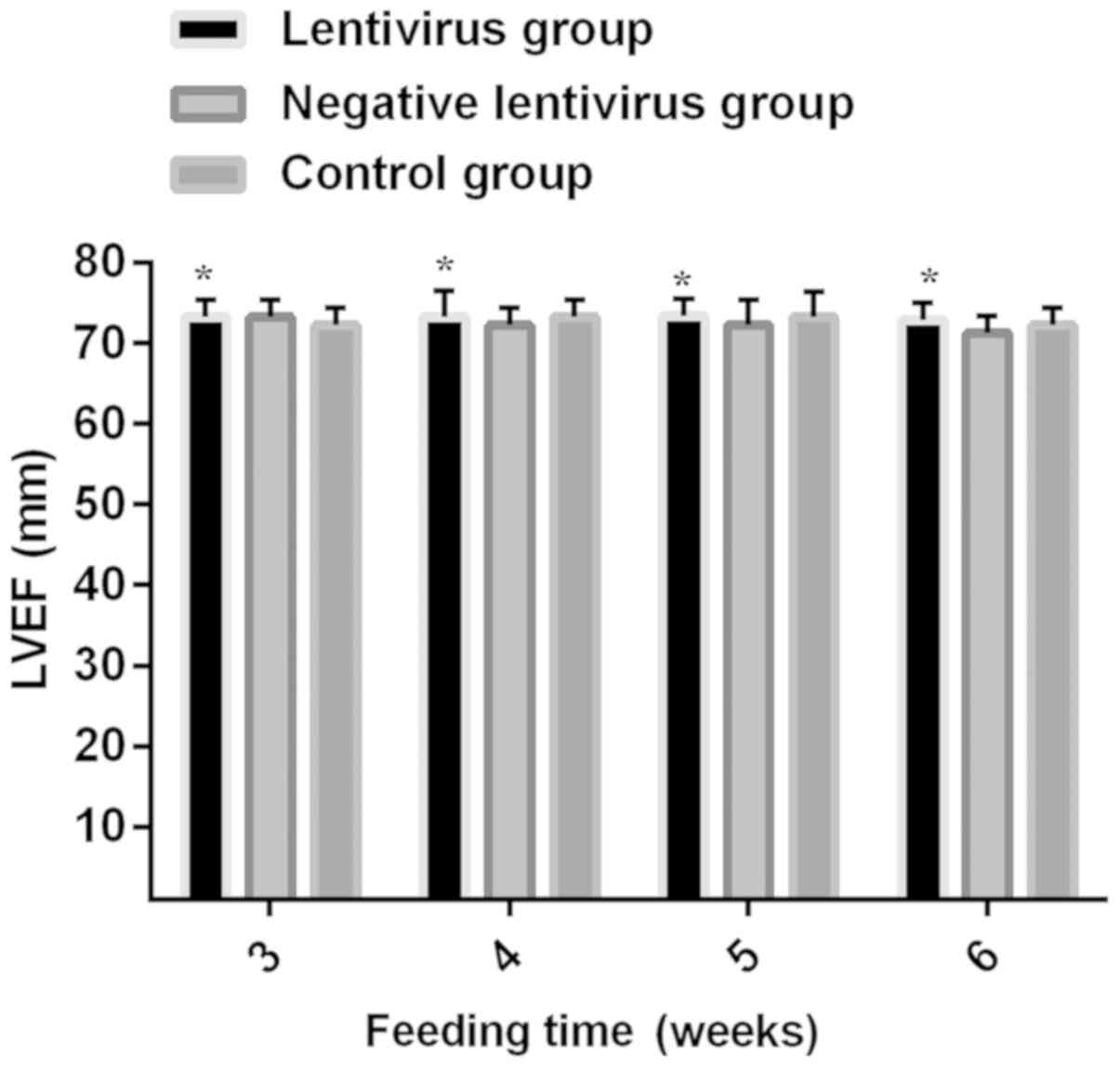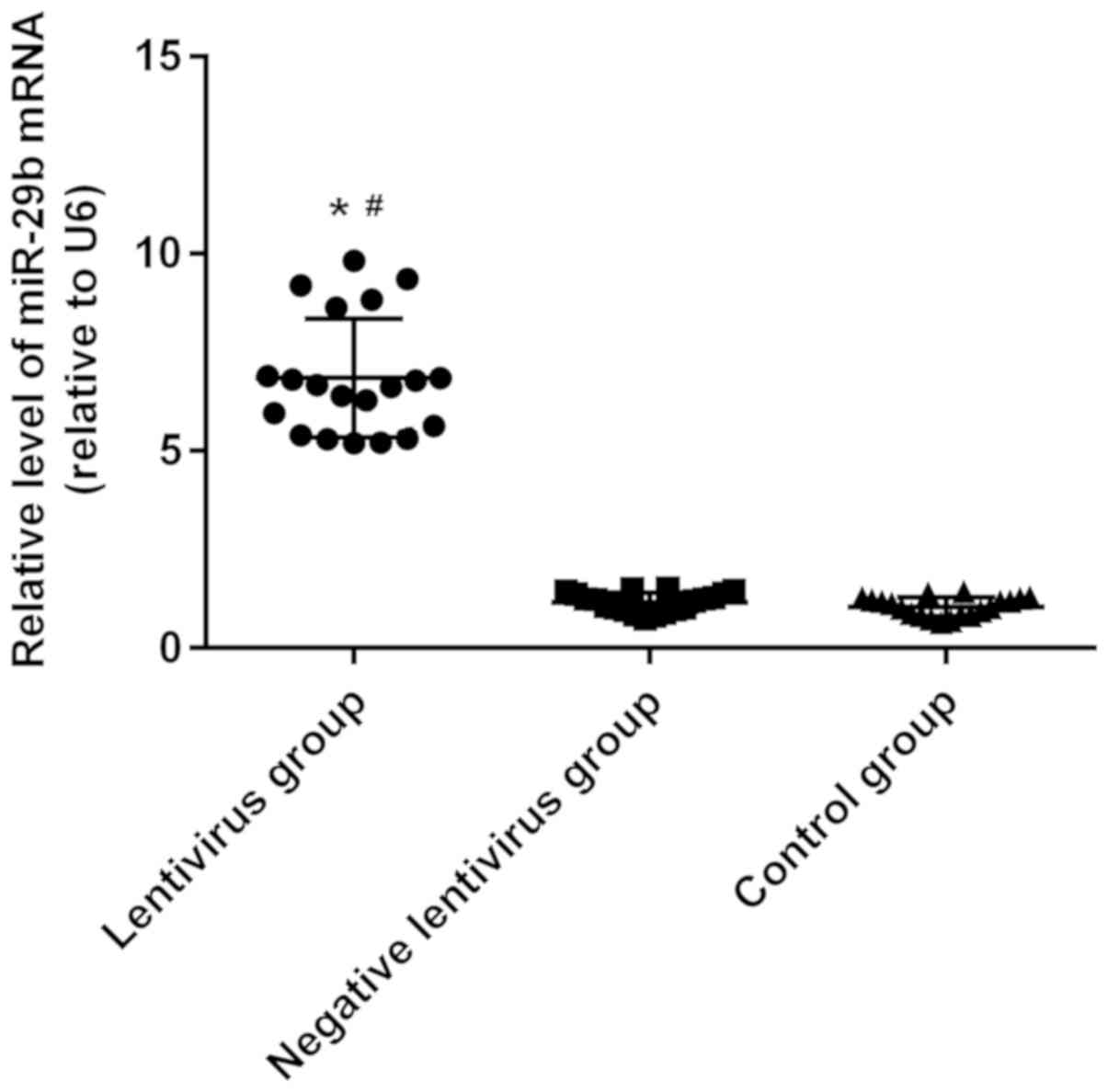|
1
|
Li P, Guo W, Du L, Zhao J, Wang Y, Liu L,
Hu Y and Hou Y: microRNA-29b contributes to pre-eclampsia through
its effects on apoptosis, invasion and angiogenesis of trophoblast
cells. Clin Sci (Lond). 124:27–40. 2013. View Article : Google Scholar : PubMed/NCBI
|
|
2
|
Takase S, Lerond L, Bergan JJ and
Schmid-Schönbein GW: The inflammatory reaction during venous
hypertension in the rat. Microcirculation. 7:41–52. 2000.
View Article : Google Scholar : PubMed/NCBI
|
|
3
|
Volmink J, Bradley H, Maroney R, Maroney
R, Mbewu A, Opie LH and Volmink J: Betablockers for hypertension.
Cochrane Database Syst Rev. 1:CD0020032007.
|
|
4
|
Liu JQ, Zelko IN, Erbynn EM, Sham JS and
Folz RJ: Hypoxic pulmonary hypertension: Role of superoxide and
NADPH oxidase (gp91phox). Am J Physiol Lung Cell Mol Physiol.
290:L2–L10. 2006. View Article : Google Scholar : PubMed/NCBI
|
|
5
|
Sung YK and Chung L: Connective tissue
disease-associated pulmonary arterial hypertension. Rheum Dis Clin
North Am. 41:295–313. 2015. View Article : Google Scholar : PubMed/NCBI
|
|
6
|
Rich S and Rabinovitch M: Diagnosis and
treatment of secondary (non-category 1) pulmonary hypertension.
Circulation. 118:2190–2199. 2008. View Article : Google Scholar : PubMed/NCBI
|
|
7
|
Scherrer JF, Xian H, Bucholz KK, Eisen SA,
Lyons MJ, Goldberg J, Tsuang M and True WR: A twin study of
depression symptoms, hypertension, and heart disease in middle-aged
men. Psychosom Med. 65:548–557. 2003. View Article : Google Scholar : PubMed/NCBI
|
|
8
|
Yan B, Guo Q, Fu FJ, Wang Z, Yin Z, Wei YB
and Yang JR: The role of miR-29b in cancer: Regulation, function,
and signaling. Onco Targets Ther. 8:539–548. 2015.PubMed/NCBI
|
|
9
|
Chaturvedi P, Kalani A, Medina I,
Familtseva A and Tyagi SC: Cardiosome mediated regulation of MMP9
in diabetic heart: Role of mir29b and mir455 in exercise. J Cell
Mol Med. 19:2153–2161. 2015. View Article : Google Scholar : PubMed/NCBI
|
|
10
|
Zhang Y, Huang XR, Wei LH, Chung AC, Yu CM
and Lan HY: miR-29b as a therapeutic agent for angiotensin
II-induced cardiac fibrosis by targeting TGF-β/Smad3 signaling. Mol
Ther. 22:974–985. 2014. View Article : Google Scholar : PubMed/NCBI
|
|
11
|
Widlansky ME, Jensen DM, Wang J, Liu Y,
Geurts AM, Kriegel AJ, Liu P, Ying R, Zhang G, Casati M, et al:
miR-29 contributes to normal endothelial function and can restore
it in cardiometabolic disorders. EMBO Mol Med. 10:e80462018.
View Article : Google Scholar : PubMed/NCBI
|
|
12
|
Luo Y, Dong HY, Zhang B, Feng Z, Liu Y,
Gao YQ, Dong MQ and Li ZC: miR-29a-3p attenuates hypoxic pulmonary
hypertension by inhibiting pulmonary adventitial fibroblast
activation. Hypertension. 65:414–420. 2015. View Article : Google Scholar : PubMed/NCBI
|
|
13
|
Chen J, Li Y, Li Y, Xie L, Wang J, Zhang Y
and Xiao T: Effect of miR-29b on the proliferation and apoptosis of
pulmonary artery smooth muscle cells by targeting Mcl-1 and CCND2.
Biomed Res Int. 2018:60514072018.PubMed/NCBI
|
|
14
|
Livak KJ and Schmittgen TD: Analysis of
relative gene expression data using real-time quantitative PCR and
the 2(-Delta Delta C(T)) method. Methods. 25:402–408. 2001.
View Article : Google Scholar : PubMed/NCBI
|
|
15
|
Coghlan JG, Denton CP, Grünig E, Bonderman
D, Distler O, Khanna D, Müller-Ladner U, Pope JE, Vonk MC, Doelberg
M, et al DETECT study group, : Evidence-based detection of
pulmonary arterial hypertension in systemic sclerosis: The DETECT
study. Ann Rheum Dis. 73:1340–1349. 2014. View Article : Google Scholar : PubMed/NCBI
|
|
16
|
Rosenkranz S, Gibbs JS, Wachter R, De
Marco T, Vonk-Noordegraaf A and Vachiéry JL: Left ventricular heart
failure and pulmonary hypertension. Eur Heart J. 37:942–954. 2016.
View Article : Google Scholar : PubMed/NCBI
|
|
17
|
Taichman DB, Ornelas J, Chung L, Klinger
JR, Lewis S, Mandel J, Palevsky HI, Rich S, Sood N, Rosenzweig EB,
et al: Pharmacologic therapy for pulmonary arterial hypertension in
adults: CHEST guideline and expert panel report. Chest.
146:449–475. 2014. View Article : Google Scholar : PubMed/NCBI
|
|
18
|
Steele R, Mott JL and Ray RB: MBP-1
upregulates miR-29b that represses Mcl-1, collagens, and
matrix-metalloproteinase-2 in prostate cancer cells. Genes Cancer.
1:381–387. 2010. View Article : Google Scholar : PubMed/NCBI
|
|
19
|
Liu GX, Li YQ, Huang XR, Wei LH, Zhang Y,
Feng M, Meng XM, Chen HY, Shi YJ and Lan HY: Smad7 inhibits
AngII-mediated hypertensive nephropathy in a mouse model of
hypertension. Clin Sci (Lond). 127:195–208. 2014. View Article : Google Scholar : PubMed/NCBI
|
|
20
|
Zhu ML, Yin YL, Ping S, Yu HY, Wan GR,
Jian X and Li P: Berberine promotes ischemia-induced angiogenesis
in mice heart via upregulation of microRNA-29b. Clin Exp Hypertens.
39:672–679. 2017. View Article : Google Scholar : PubMed/NCBI
|


















